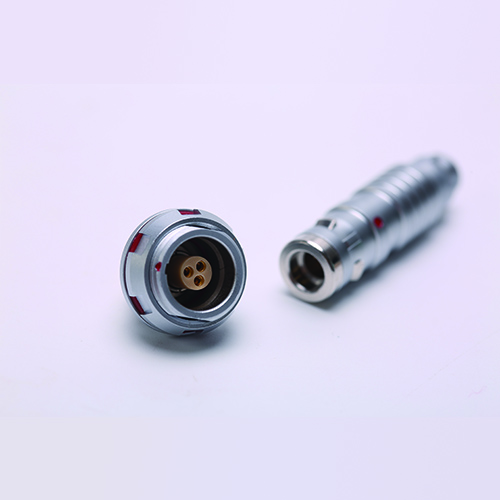In my country, in the management of aviation plug industry, connectors, switches, keyboards, etc. are collectively referred to as electrical components, while electrical components and relays are collectively referred to as electromechanical components.
Although the division of connector product types is somewhat confusing, from a technical point of view, there are only two basic division methods for connector product categories:
① According to the shape structure: round and rectangular (cross section)
② According to the operating frequency: low frequency and high frequency (with 3MHz as the boundary).
1. Aviation plugs classified by the number of pins (number of pins, number of cores)
Usually each terminal of aviation plugs has three, six or eight pins (number of pins, number of cores).
2. Distinguish aviation plugs according to manufacturing specifications, dimensions, connection angles, and connection and disconnection modes.

Advantages: Circular aviation plugs are ideal for applications that require electrical connectors with stronger terminals. The cylindrical shape makes them particularly resistant to mechanical turbulence and impact damage.
Disadvantages: The circular aviation plug surface area limits the arrangement of pins and sockets on the aviation plug surface; while the rectangular connector can fit more contacts with a larger and even spacing on a smaller surface area.